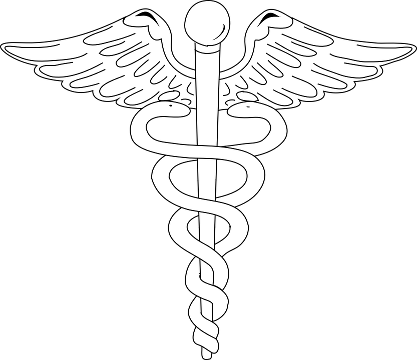Chiropractic use in the United States
In the United States, chiropractic is often considered a complementary health approach. According to a recent survey, about 8 percent of adults (more than 18 million) and nearly 3 percent of children (more than 2 million) had received chiropractic or osteopathic manipulation in the past 12 months. Additionally, an analysis of NHIS cost data found that adults in the United States spent approximately $11.9 billion out-of-pocket on visits to complementary health practitioners — $3.9 billion of which was spent on visits to practitioners for chiropractic or osteopathic manipulation.
- Read more about Chiropractic use in the United States
- Log in to post comments
